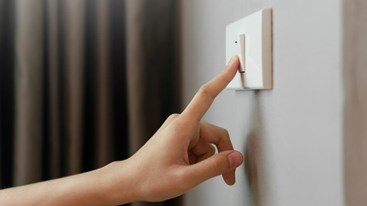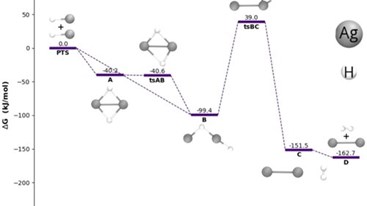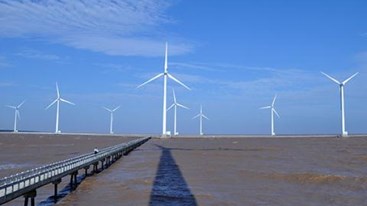Saturday, 13/12/2025 | 00:56 GMT+7
Ceatec Japan 2010 hosted Rohm’s new dye-sensitized solar cells that we were talking about a few months ago. Now, the Japanese company applied their plans to TV remotes, mice and sensors.
The solar cell that the company presented is highly optimized for low room, fluorescent light, having a wavelength of 400 to 800 nm. The interesting fact is that the efficiency of the exhibited cells is 30%, a year after the company showed off with their latest 20% samples.

A 4×4 centimeter dye-sensitized solar cell has an output of 1 to 2 mW. As I have mentioned above, the cell is optimized for indoor use. When taken outside, the conversion efficiency drops to 10%, which is still a good value, taking into account the low price and the technology involved.
Rohm optimized a “nanoporous titanium dioxide structure,” with holes made on TiO2 with a diameter of several tens of nanometers, to increase the dye’s absorption rate. Then they improved the device’s structure to reduce leak currents.
Dye-sensitized solar cells have been invented by Michael Graetzel, and use pigments and titanium dioxide to harvest power from photons. To this day, they have been pretty discarded in real usage because of the low efficiency they yield. Still, current scientific developments increase these cells’ efficacy and make them competitive with their silicon siblings, but with a much lowered price and environmental impact.
greenoptimistic.com








 Enhancing capacity to develop and implement energy efficiency policies at local level
Enhancing capacity to develop and implement energy efficiency policies at local level
 Bosch Vietnam Plant Benefits from Investment in Energy Efficiency
Bosch Vietnam Plant Benefits from Investment in Energy Efficiency
 Webinar 2: “Financial Support for Energy Efficiency Enterprises – Opportunities and Challenges”
Webinar 2: “Financial Support for Energy Efficiency Enterprises – Opportunities and Challenges”
 Vietnamese enterprises achieve green growth and cut costs through energy efficiency
Vietnamese enterprises achieve green growth and cut costs through energy efficiency
 Promoting Energy Efficiency for Technical Staff of Brick and Ceramic Sector
Promoting Energy Efficiency for Technical Staff of Brick and Ceramic Sector
 Capacity Building for Program Implementing Entity
Capacity Building for Program Implementing Entity
 Enhance Energy Efficiency Knowledge for Managers of Cement Industrial Enterprises
Enhance Energy Efficiency Knowledge for Managers of Cement Industrial Enterprises